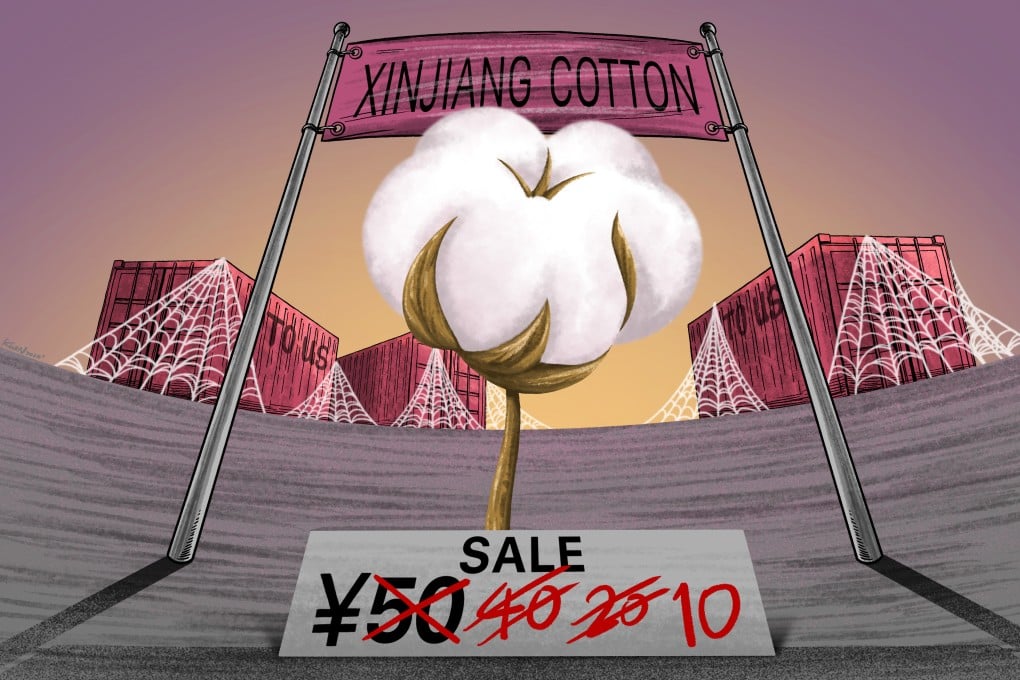China has turned inward to sell Xinjiang cotton after a trade ban. Will it be enough?
- The US’ ban on cotton from China’s Xinjiang has forced a shift to the domestic market for the textile industry – and created a gaping shortfall

After Hong Yongcheng’s American customers began to shy away from renewing their orders – a change the towel factory owner attributed to heightened restrictions on Chinese imports – he responded in unexpected fashion.
Rather than try to win back those skittish buyers from overseas, he started a new production line in the Xinjiang Uygur autonomous region – an area of China where exports to the US are all but forbidden.
“I don’t see much hope in getting American orders back, so producing from Xinjiang does not matter any more, as most customers are domestic,” Hong said. “At least we can cut costs.”
Hong’s new line in Xinjiang made him a perfect fit for the China-Eurasia Expo in the regional capital Urumqi last June, where authorities invited him to display his home-grown wares and help promote the local economy.
Global retailers have been under pressure to sever their supply chains from Xinjiang – China’s largest cotton-growing region – after allegations over the use of forced labour began to surface in the US and European Union as early as 2019.

